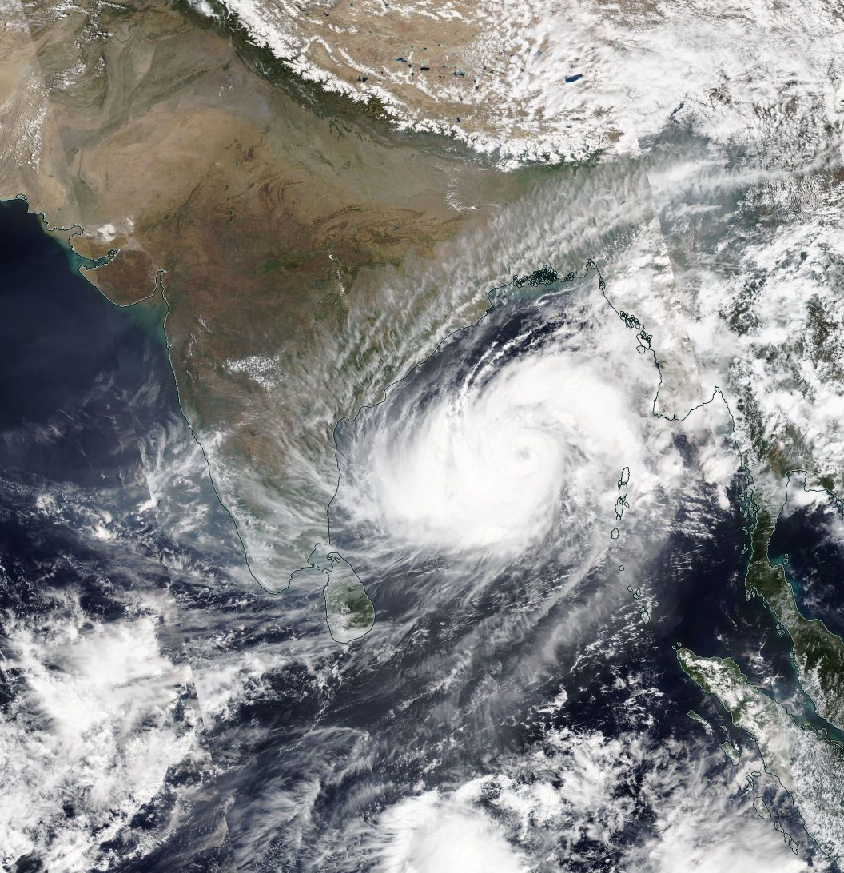
Shravan Prabhu
@shravanverse
An insignificant small speck of dust in this vast universe trying to be effectual. I work on physical climate risks.
ID: 2937841308
21-12-2014 08:00:31
277 Tweet
171 Takipçi
363 Takip Edilen


2⃣ days to go! Register for the upcoming India Meteorological Department-CEEW event, "How can #India make #Climate Information People-Centric?", where we discuss how to increase the resilience of India’s most vulnerable communities👇 🔗bit.ly/3TdjXmY 🏨Juniper Hall, India Habitat Centre





#newblog In recent yrs, spring season has been getting warmer & we're talking heatwaves before summer officially sets in! India should build heat action plans focused on principles of risk reduction over disaster response, writes Shravan Prabhu ceew.in/blogs/strength…







#Opinion With #CycloneBiporjoy likely to make landfall in Gujarat tomorrow, Shravan Prabhu & Rafiuddin Mohammad discuss the increase in cyclone frequency in the Arabian Sea & recommend steps to climate-proof India's west coast. Read more in ThePrintIndia👇 theprint.in/opinion/biparj…

#Opinion Delhi is on extreme flood alert after the Yamuna's water levels reached an all time high. How can Indian cities tackle flood risk & promote sustainable water management? ✒️Kartikey Chaturvedi & Shravan Prabhu unpack in Deccan Herald👇 deccanherald.com/opinion/bengal…



#Opinion Understanding the difference between heatwaves and heat stress is crucial for strengthening resilience. In Mint, our researchers Vishwas Chitale, PhD and Shravan Prabhu discuss how scientifically updated heat-action plans can help India beat the heat. Read more👇


#Opinion India can no longer take the weather for granted or rely on past trends. How can India climate-proof its vital sectors? Our researchers, Vishwas Chitale, PhD and Shravan Prabhu unpack in The Indian Express. Read more👇 indianexpress.com/article/opinio…

Preceding the plenary, Working Group Sessions featured experts from the Self Employed Women's Association, CEEW, NRDC India, Sustainable Futures Collaborative, and Red Cross Red Crescent Climate Centre, who discussed important aspects of heat stress in India.








